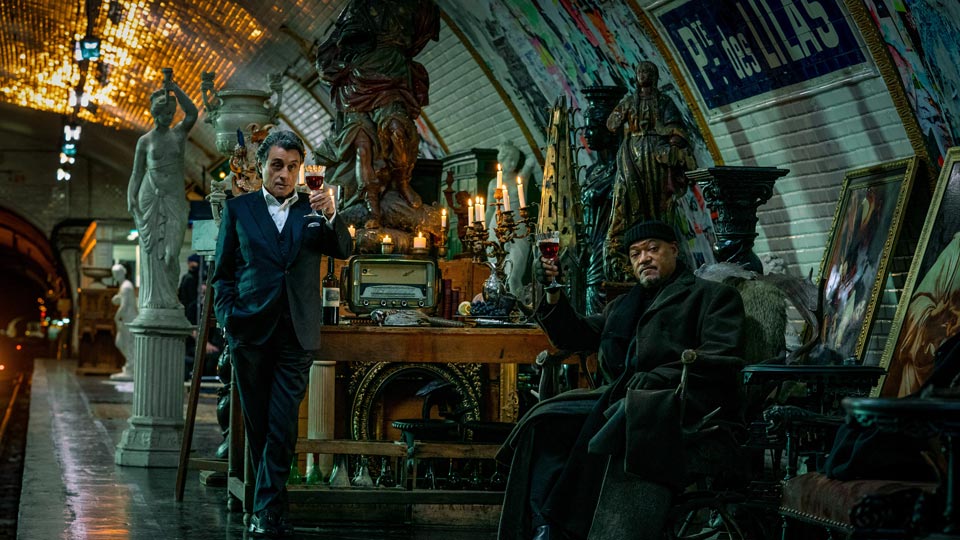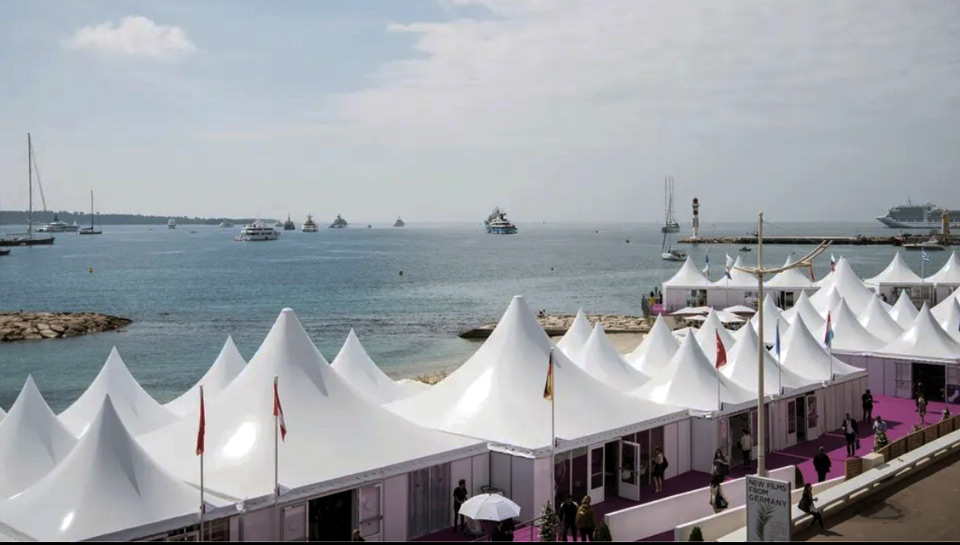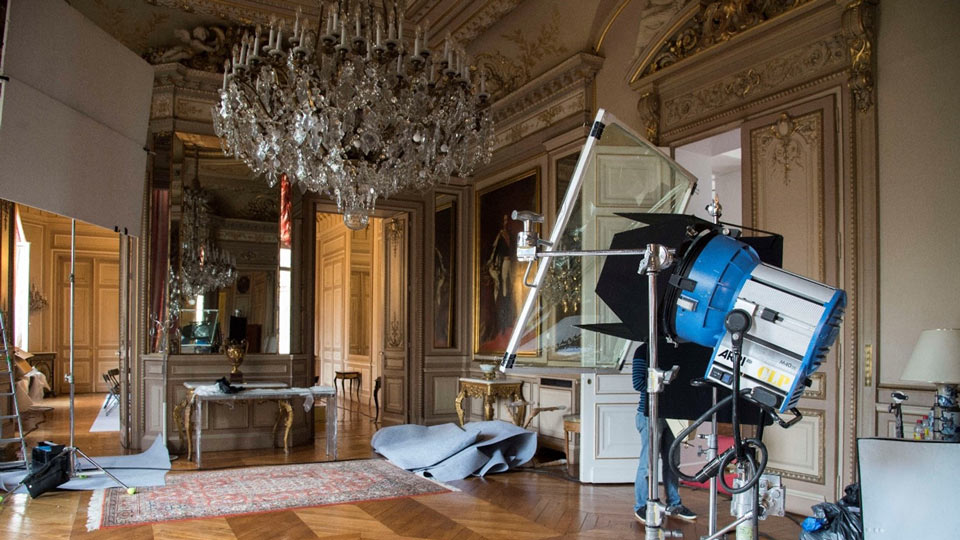What exactly is the RATP’s Cinema Mission?
Karine Lehongre-Richard: We act as a central hub for all filming requests in the Paris transport network. That includes inquiries from location managers, line producers, scouts, assistant directors, or directors themselves. Whether it’s the metro, RER (commuter rail), bus, or tram, the choice of setting depends on the nature of the scene. Once we receive a request, we evaluate its feasibility and propose tailored solutions that meet the production’s needs.
What areas of the metro network are available for filming?
We primarily offer line 3bis, the smallest and least busy line in the network. It allows filming during operating hours, in the presence of passengers, with a train car reserved exclusively for the crew, as was done for “Le Brio’’ by Yvan Attal. Up to forty people can work there. Line 6, which runs partially above ground, is also highly sought-after. It offers a unique view of Paris, a natural tracking shot above the city and its monuments. However, to avoid disturbing traffic and passengers, crews are limited to ten people. We also ensure script consistency. For “Paris, 13th District’’ by Jacques Audiard, which is set in the 13th arrondissement, line 6 was the natural choice. If a director wants to film on a particular line with a larger crew, we can schedule a train to run within the regular service during off-peak times: on Sundays, public holidays, or school vacations. When productions request modern trains or busy stations, we usually recommend filming at night, between 1:45 a.m. and 4:45 a.m., when the network is closed. We also offer the Porte des Lilas-Cinema Station, a station which is closed to the public and fully dedicated to film shoots.
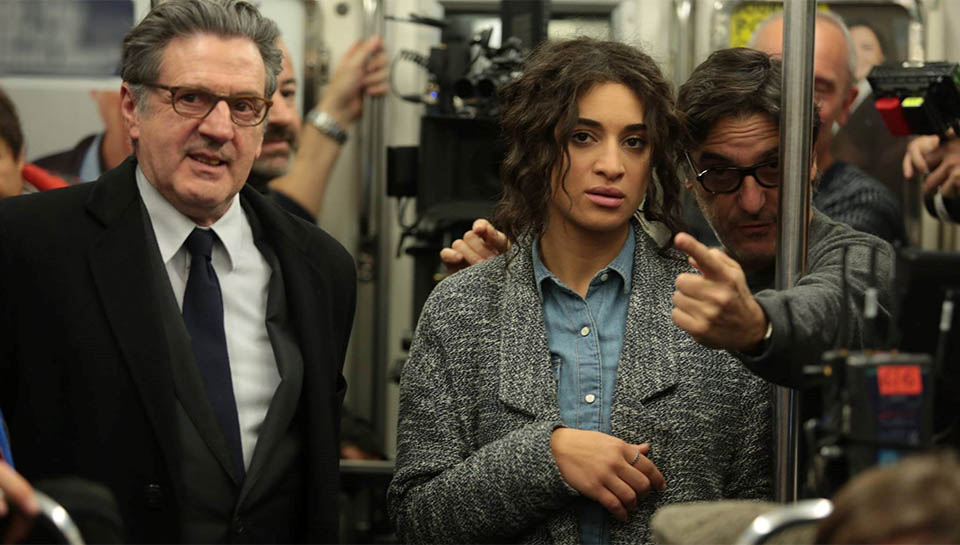
What makes the Porte des Lilas-Cinema Station special?
This station allows full control over the train and platforms, which is crucial for certain types of scenes. It also provides access to nearly a kilometer of tunnels, allowing trains from lines 3 and 3bis to run in both directions under the supervision of our teams. The space offers great freedom to productions: set designers can decorate it however they wish, and they often draw inspiration from our visual archives, which document the metro’s evolving aesthetic across decades. Several well-known films have been shot there, including “Female Agents’’ by Jean-Paul Salomé and “Bad Blood’ by Leos Carax. More recently, it served as a clandestine hideout in “John Wick: Chapter 4’’, directed by Chad Stahelski. The station also hosted part of the Olympic Games’ opening ceremony film featuring Zinédine Zidane. Besides being discreet, the station offers ample space; an asset for complex scenes like those in “Through the Fire’’ by Frédéric Tellier, where firefighters respond to a dramatic incident on the tracks.
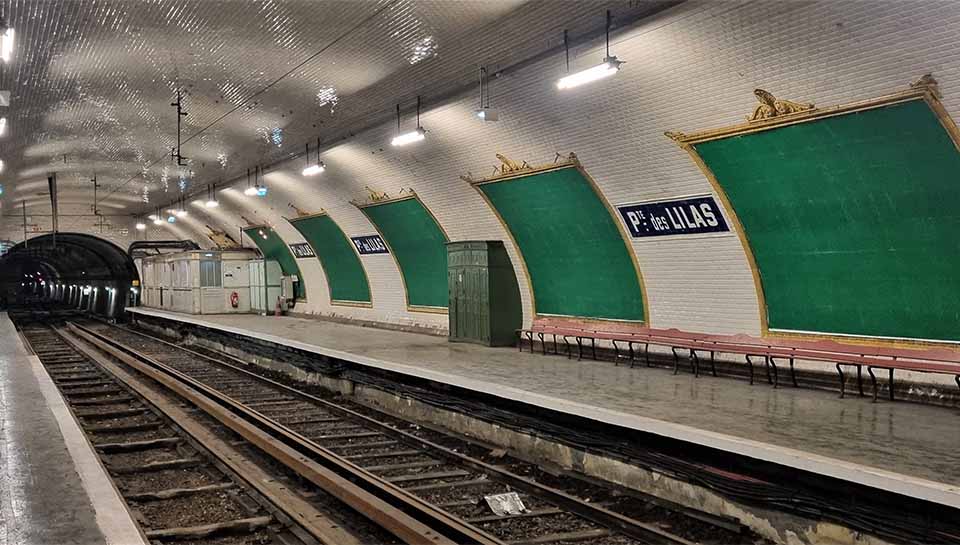
What about the RER, buses and trams?
Some RER stations can be made available for filming, mainly in the evening due to heavy traffic during the day. Line A recently hosted the filming of “Souleymane’s Story’’ by Boris Lojkine and “Case 137’’ by Dominik Moll. As for buses, filming inside is not allowed during regular operations. Instead, we provide productions with a dedicated vehicle and driver for four to eight hours; this was the case for “Other People's Children’’ by Rebecca Zlotowski. We assess whether the proposed route is feasible, and it’s up to the production to arrange a parking location, since we cannot use active bus stops. Tram shoots are possible but must be done with minimal crew and during off-peak hours.
What are the key steps for preparing a shoot in public transport?
We begin working with productions early on to ensure proper planning, especially for night shoots, which are treated like full-scale engineering works and require significant coordination. We always check first whether the scene could be shot elsewhere. Location scouting is the most critical stage of preparation. It allows directors to conceptualize their scenes in situ, and gives us a chance to propose lesser-known or underestimated spaces like staircases, which can provide more visual dynamism than a standard hallway. We then coordinate with the relevant metro line to define the shooting parameters: crew size, schedule, technical needs, and safety measures. The entire shoot is carried out under a prevention plan, which outlines the rules to ensure the best possible working conditions for both film crews and RATP staff, while keeping services running for passengers. This groundwork is essential: there is no improvisation in the metro. With clear roles and expectations, filming runs much more smoothly.
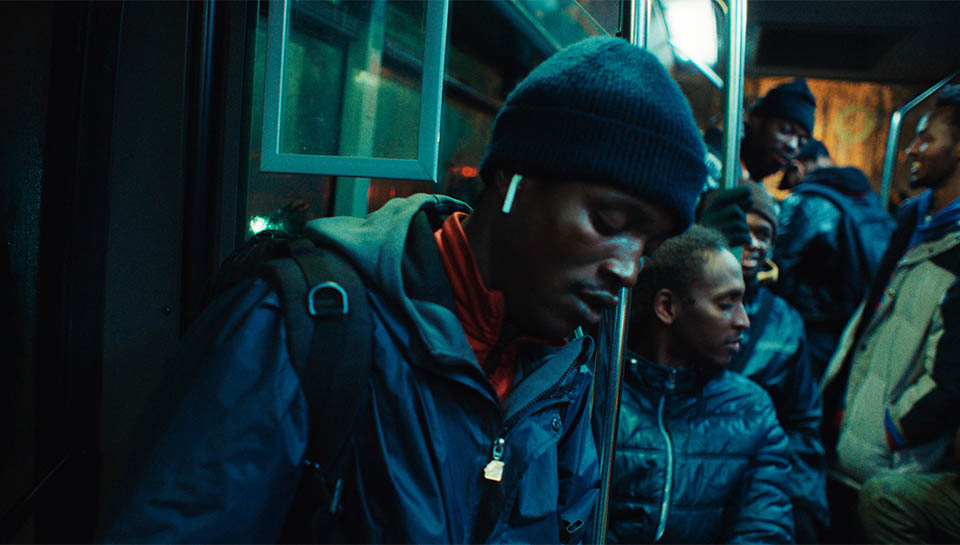
What types of productions do you usually work with?
We receive a wide range of requests from French productions to international projects, especially American films, often through executive production companies. We also accommodate a few music videos, TV movies and series, but rarely short films. Sometimes we host commercial shoots. The most memorable was for Givenchy’s “L’Interdit’’, directed by Todd Haynes and starring Rooney Mara.
How do you respond to the specific set design needs of period films?
We can’t meet all demands; we no longer have sets or trains from the 1980s, for instance. Although some lines still operate older equipment, it has been updated with the current color scheme and is gradually being phased out. In 2008, for “Mesrine: Killer Instinct’’ by Jean-François Richet, we filmed on line 2 using one of the last MF67 trains. It was wrapped in 1970s colors and put into regular service. Today, that wouldn’t be possible on line 2, as the trains are now newer. The same goes for line 6. However, we do have a historic Sprague-Thomson train, used in “Julie & Julia’’ by Nora Ephron, who wanted a real 1960s train. It was also used in “Café de Flore’’ by Jean-Marc Vallée. Some stations, like Place Monge, still have stone walls and no modern elements, making them easier to adapt. It appeared in “My Mother, God and Sylvie Vartan’’ by Ken Scott. The team of “Mood Indigo’’ by Michel Gondry beautifully added plants to the entrance of Botzaris station. And for “The Walking Dead: Daryl Dixon’’ spin-off, zombies took over both the Cinema Station and the Saint-Georges metro exit at night. For some elements, especially old buses which are becoming increasingly scarce in our fleet, we collaborate with associations. The equipment is evolving.
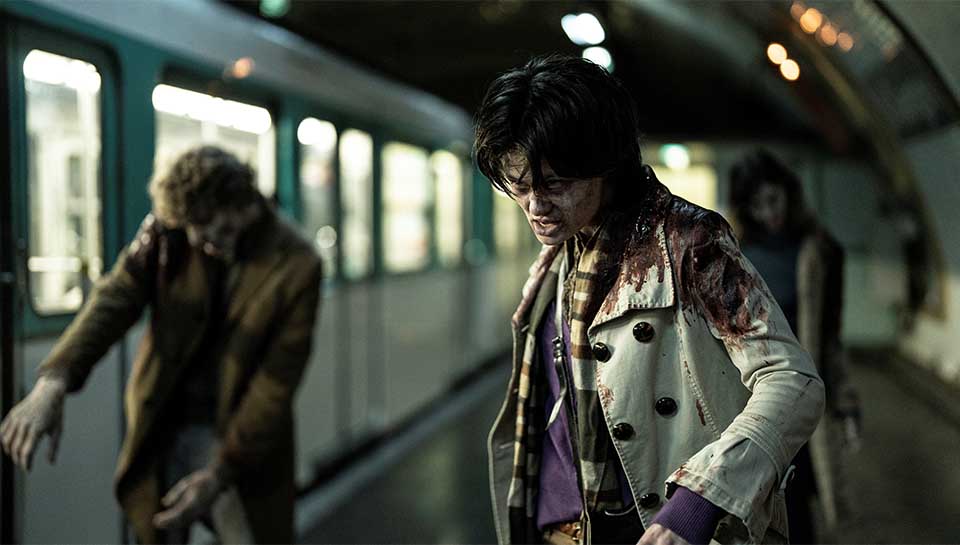
What logistical support do you offer during filming?
We deploy around five agents from the metro lines to support and secure shoots during operation. We also inform passengers to let them know that filming is authorized by the RATP. Our staff help redirect passenger flows by guiding them to different exits or train cars for instance. Filming at station entrances usually happens during off-peak hours or on Sundays and does not disrupt traffic. Temporary crowd control measures are used during takes. The shoot adapts to the setting. However, filming at Porte des Lilas-Cinema Station requires more staff: technicians for power supply, train operators, etc.
Why do filmmakers like to feature Parisian public transport?
The metro is part of daily life, a natural setting for audiences. They see it all the time but don’t really look at it. Yet behind a simple scene lies complex coordination. In cinema, public transport symbolizes movement, transition, and connections between scenes. It also helps to anchor the action in Paris or the Île-de-France region. Some directors use the metro to show Paris differently. It can be a simple entrance (“Colours of Time by Cédric Klapisch), a station (“Nino’’ by Pauline Loquès), or a train car (“Love Letters’’ by Alice Douard). The metro reflects a certain reality and plays an important role in Paris’s urban landscape.
Key Figures
- One shoot per week on average
- 60 productions and 80 shooting days per year across the network
- Five shoots per year at Porte des Lilas-Cinema Station
- Most shoots on line 3bis, as well as elevated lines 6 and 2. All lines remain available depending on the director’s needs


